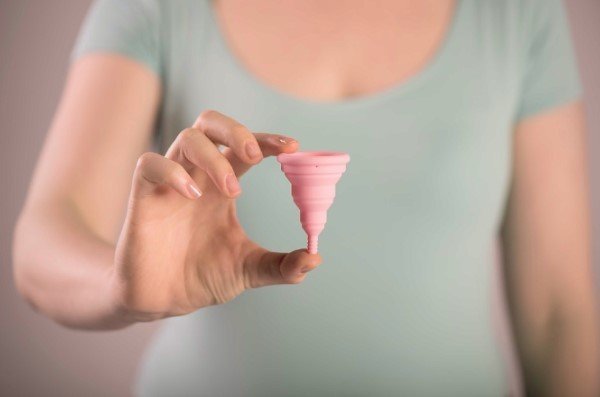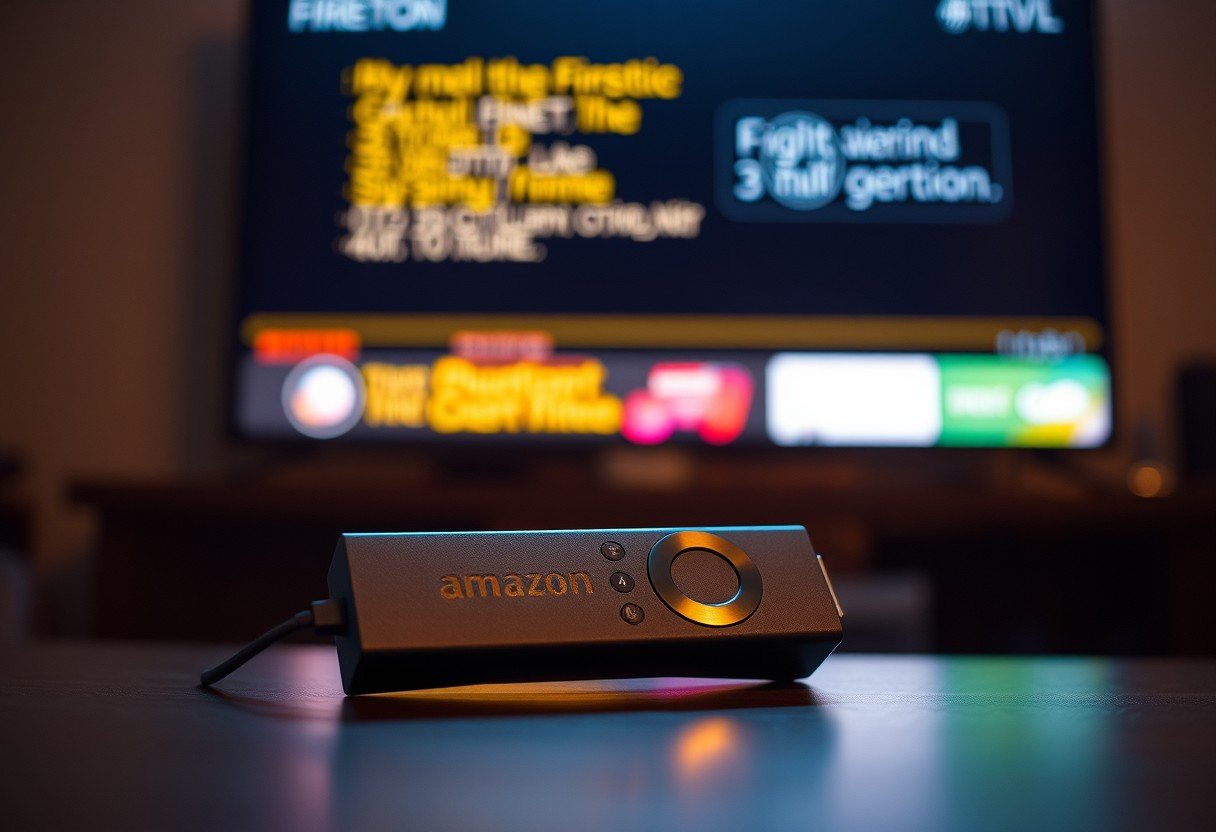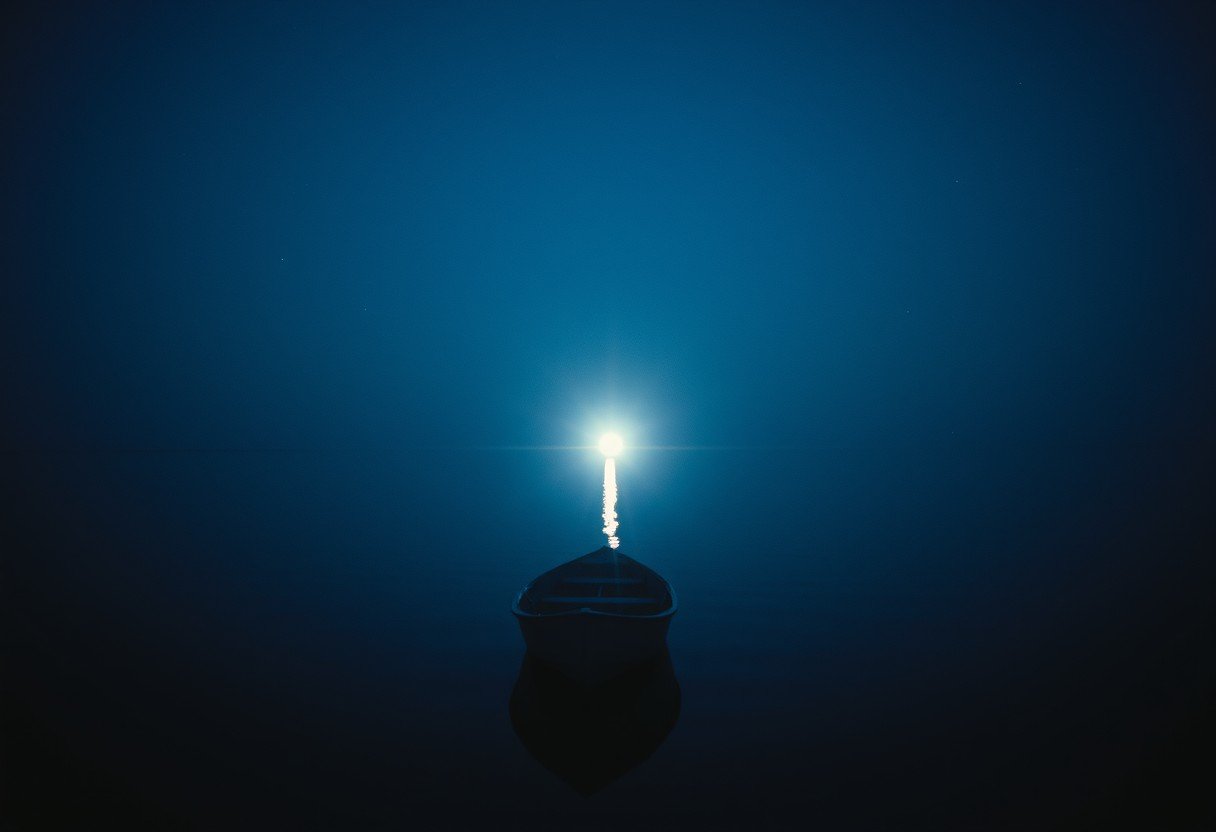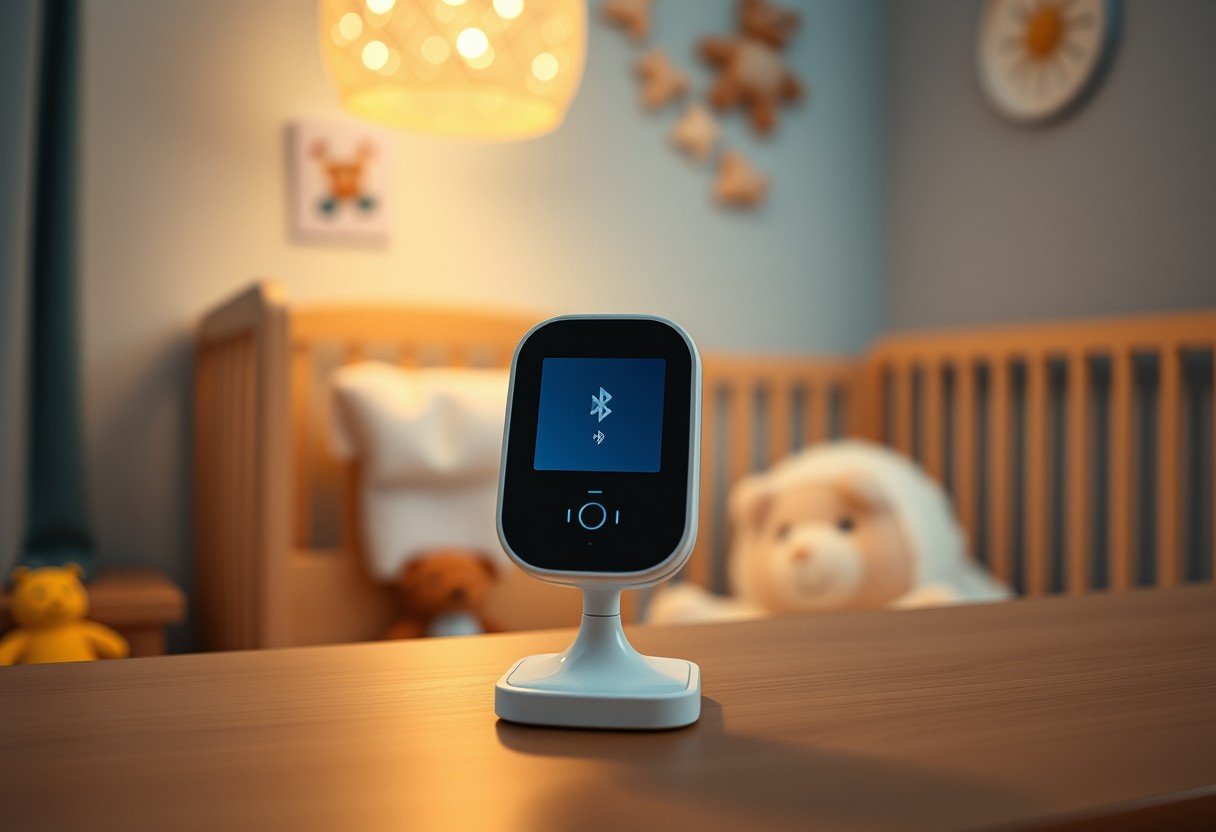Menstrual cups are a popular alternative to traditional pads and tampons, but many people still see them as a mystery. These flexible, reusable cups are inserted into the vagina to collect menstrual fluid rather than absorb it. This guide will walk you through everything you need to know, from safety and convenience to the financial and environmental benefits, helping you decide if making the switch is right for you.
What Exactly is a Menstrual Cup?
A menstrual cup is a small, flexible, bell-shaped cup typically made from rubber or medical-grade silicone. Though they have been around for decades, even longer than tampons, their popularity has surged recently due to a growing interest in sustainable and convenient period care.
Unlike tampons or pads that absorb blood, a menstrual cup collects it. You fold the cup and insert it like a tampon without an applicator. Once inside, it springs open to form a light seal against the vaginal walls, preventing leaks.
You simply remove it, empty the contents, wash it, and reinsert it. This simple process makes it a revolutionary product in women’s menstrual health.
How do Menstrual Cups Compare to Tampons?
When considering a switch, it’s natural to compare menstrual cups directly with tampons, the most similar internal product. While both are inserted into the vagina, their function, cost, and impact are very different. The primary advantage of a cup is its reusability.
Menstrual cups are a reusable alternative to tampons and pads, which is a major draw for those looking to be more environmentally conscious. The table below breaks down some of the key differences between these two popular products.
| Feature | Menstrual Cup | Tampon |
|---|---|---|
| Usage | Reusable for 5+ years | Single-use, disposable |
| Wear Time | Up to 12 hours | 4 to 8 hours |
| Cost | $20-$40 upfront, then free | Monthly recurring cost |
| Material | Medical-grade silicone/rubber | Cotton, rayon, synthetic fibers |
| Waste | Zero-waste during use | Contributes to landfill waste |
This comparison shows that while a cup requires a higher initial investment, it offers significant long-term savings and drastically reduces your environmental footprint.
Are Menstrual Cups a Safer Option?
The question of safety is a top concern for many, especially regarding Toxic Shock Syndrome (TSS). TSS is a rare but serious bacterial infection that was famously linked to super-absorbent tampons in the 1980s due to their synthetic materials creating a breeding ground for bacteria.
While menstrual cups are often considered safer, they are not entirely risk-free. In 2015, the first documented case of TSS associated with a menstrual cup was published. Because of this, experts like Dr. Jen Gunter state that we should not automatically assume cups are safer than modern tampons.
However, there are points in the cup’s favor. The risk factors for TSS appear lower with menstrual cups compared to tampons. Additionally, cups do not contain dioxins or other toxins that can be found in some disposable products, which provides peace of mind for many users.
The Eco-Friendly and Budget-Friendly Choice
If sustainability and saving money are important to you, a menstrual cup is an excellent choice. A single person who menstruates will use thousands of pads and tampons in their lifetime, all of which end up in landfills. Since a menstrual cup can last for five years or more, you significantly reduce your personal waste.
This is a small lifestyle change that makes a big impact. By switching, you are actively participating in reducing your garbage footprint month after month.
Financially, the benefits are just as clear. A menstrual cup costs between $20 and $40. While that seems like a lot upfront, it’s a one-time purchase that replaces years of buying boxes of tampons or pads. In terms of long-term investment, it will help you save over time. To get the most out of your purchase, make sure you choose the right size and learn how to clean it properly to preserve its lifespan.
Convenience: Why People are Making the Switch
Beyond the environmental and financial perks, many people switch to menstrual cups for sheer convenience. They offer a level of freedom that other products often can’t match.
Users often report that they forget they are even on their period while using a cup. The benefits that contribute to this convenience include:
- Longer Wear Time: Menstrual cups can be safely worn for up to 12 hours, more than double the maximum time for a tampon. This means you don’t have to worry about changing it during a busy workday or waking up at night.
- Fewer Supplies to Carry: You only need one cup. There’s no need to carry a purse full of extra pads or tampons. If you need to empty it in a public restroom, you just need to rinse it and reinsert it.
- Leak-Proof Confidence: When inserted correctly, the cup forms a seal that prevents leaks, even during vigorous physical activities like swimming, running, or yoga.
This “set it and forget it” aspect is a major reason why menstrual cups have gained such a loyal following.
Choosing and Caring for Your Menstrual Cup
To ensure your menstrual cup works effectively and lasts for its full lifespan, proper selection and care are crucial. Cups come in different sizes, often based on age and whether you have given birth vaginally. Choosing the right size is the key to preventing leaks and ensuring comfort.
Cleaning your cup is also straightforward. During your cycle, you should rinse it with water every time you empty it. Between cycles, it’s recommended to sterilize the cup by boiling it in water for a few minutes. This simple routine helps maintain hygiene and extends the life of your cup, protecting your health and your investment.
Frequently Asked Questions about Menstrual Cups
How long can you leave a menstrual cup in?
You can safely wear a menstrual cup for up to 12 hours at a time, depending on your flow. This is a significant advantage over tampons, which need to be changed every 4 to 8 hours.
Is it hard to insert and remove a menstrual cup?
There can be a learning curve. Most people get the hang of folding, inserting, and removing their cup after a few cycles. It’s all about finding a folding technique and position that works for your body.
Can you feel a menstrual cup when it’s inside?
When a menstrual cup is the right size and inserted correctly, you should not be able to feel it at all. If you feel discomfort, it may be positioned incorrectly or be the wrong size for you.
How do you clean a menstrual cup in a public restroom?
You can simply wipe the cup with toilet paper and reinsert it until you can wash it more thoroughly. Many people also carry a small water bottle with them to rinse it over the toilet.
Do menstrual cups cause Toxic Shock Syndrome (TSS)?
The risk of TSS with menstrual cups is extremely low, but not zero. It is important to follow hygiene guidelines, such as washing your hands before handling the cup and not wearing it for longer than 12 hours.








Leave a Comment